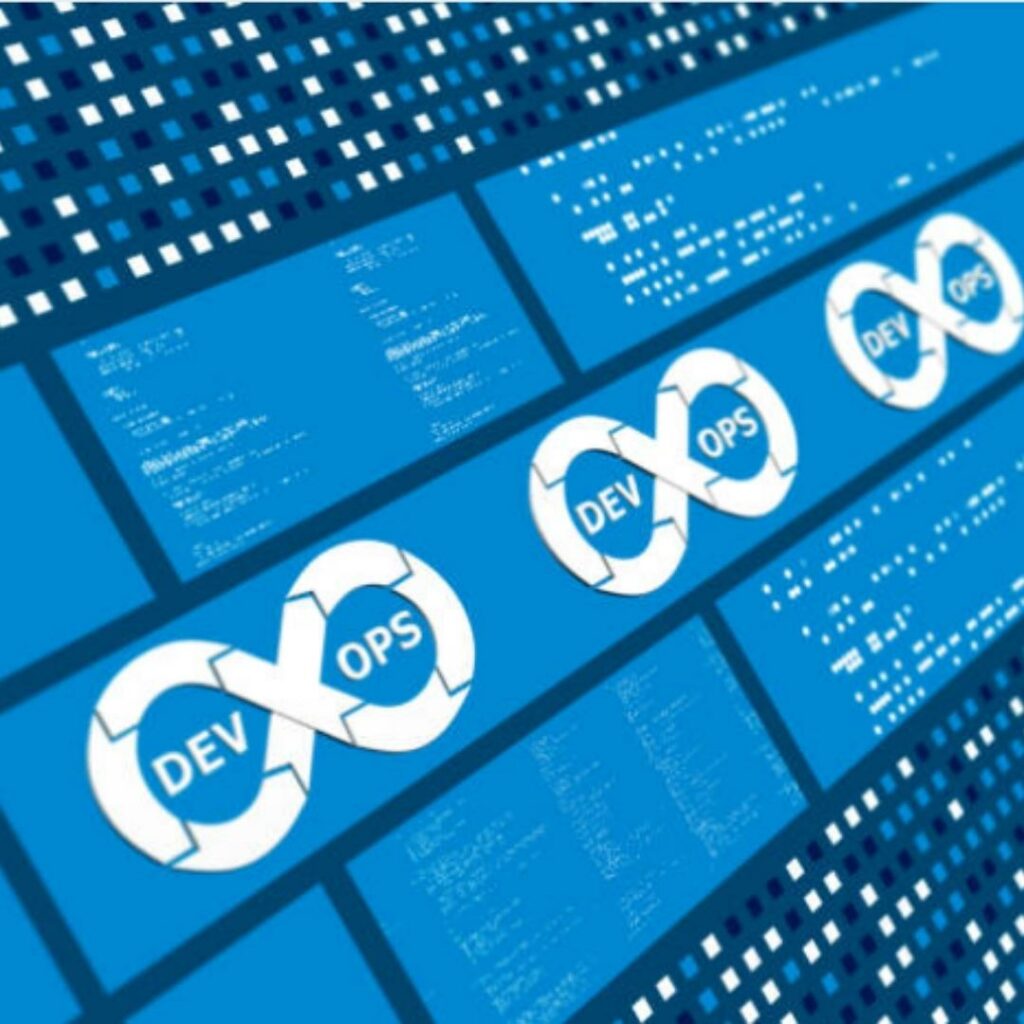The Five Steps to Create an Agile DevOps Workforce

DevOps adoption in the insurance industry is becoming increasingly important as Insurtech disruptors increase the potential threat to Lloyd’s Managing Agents and other London market carriers. These (re)insurance carriers are faced with challenges to integrate digital technologies into complex systems, often with years of legacy processes, at a time when fast paced innovation is a necessity.
New insurance disruptors do not have to worry about legacy systems. That means they move with speed and efficiency in critical areas such as customer experiences. Managing Agents at Lloyd’s, by contrast, are weighed down by years of legacy technology which slows them down. They must either adapt to the new environment or accept the inevitable erosion of market share that will be stolen from them by more nimble competitors. Carriers need to adopt approaches that help respond to disruption and adapt quickly to customer expectations in the market.
At DOCOsoft, we believe that DevOps adoption can be one of the key pillars for bringing this new, modern approach into an organisation. DevOps development processes allows the application lifecycle to iterate and improve quickly, giving incumbent carriers an edge when fending off the advances of new competition and combatting others’ customer acquisition strategies.
According to the 2018 State of DevOps Report, presented by DORA, the top performing DevOps companies when compared to low performers spend:
- 66% less time on customer support issues
- 50% less time on customer identified defects and remediation of security issues
More importantly they spend 66% more time on new work. They spend more time innovating, and less time keeping the lights on – enabling them to be more adaptive in their markets and disrupt their competitors.Since the earliest days of software development, engineers have endeavored to create and implement methods that will accelerate development. The aim is to make the process more productive through software methodologies.
The End of the Waterfall
These methodologies have been evolving for 70 years, starting in the early days with the likes of waterfall and structured programming. The key issues with these early methodologies were that projects had a long delivery time, and the needs of the client were often difficult to define, with the result being an unwanted product being delivered to the client after months of hard work.
In the last Century, around the time of the 1990s, agile methodologies started to sprout, necessitating adaptive planning, evolutionary development, prompt delivery and continuous improvement. This would allow clients to get access to the software quicker and have a more direct role in the decision-making processes of development, resulting in faster delivery, and with lower risk.
It is safe to say in 2020 that agile has well and truly won out in the software methodology battles. To set up an agile workspace, it is essential to have the ability to continuously deliver software to customers within short timeframes.
- So, what do you need to set this up? This is not a comprehensive list, but these are my own thoughts on the five steps to create an agile DevOps Workforce: An agile planning board, to allow the dev team, test team, business analysts and project managers collaborate on and track all work.
- You always need a stable reliable codebase, ideally using branching strategies and a good code review policy.
- An automated build process setup to compile this stable code base every time a developer makes a check-in, with automated notifications when there are build failures sent to the developers responsible – they can then fix it.
- Reliable unit test and integration test code coverage for all your code, and these should also be integrated to run as part of your automated build process.
- Finally, you need to test the deployment process, to always deploy reliably, by means of an automated deployment once a day, against a test server, typically after the end of the working day for all the developers.
DevOps Azure
Microsoft Azure DevOps is particularly good at handling all these things. Azure DevOps allows DOCOsoft to ship out code to customers, on a continuous basis. Every time a developer checks in code, a build pipelines gets automatically triggered, compiling the code, running all tests, and uploading to Azure DevOps so that it is in a deployable state.
A deployment can then be triggered to a customer server, through the use of deployment pipelines. These deployment pipeline will take the compiled code generated by the build pipelines and seamlessly download and deploy it to the customer’s servers, all through the click of a button. This compiled code will get seamlessly downloaded and deployed onto the customer’s servers, all through the click of a button.
When you hook in the Azure Resource Managertemplating aspect, you can even handle the infrastructure side of things, all through Azure. So, with one of our customers, we provide them with a cloud-based offering of our product, and the entire process is handled through the Azure umbrella of products.
In this electronic day and (cyber) age customers expect a baseline level of security when you deploy to systems. With development teams there also need to be a cross functional cooperation between all aspects of DevOps deployments. It is about joining many teams – claims, underwriting, IT, security etc. together, and integrating different internal silos to provide a cross functional development and operations framework.
Your security is only as strong as your weakest attack points. You could have all this fancy sophisticated technology and a great security team policing everything, but if you forget one vulnerability, you are toast. A malicious cyber actor will use that one vulnerability against you.
In our next blog, we will look at the evolution of DOCOsoft DevOps, systems security and the next wave of DevOps adopters.
